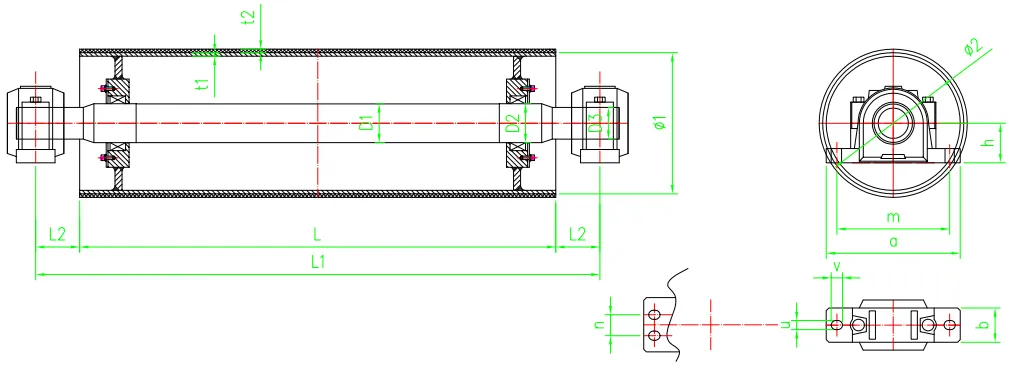 Afrikaans
Afrikaans  Albanian
Albanian  Amharic
Amharic  Arabic
Arabic  Armenian
Armenian  Azerbaijani
Azerbaijani  Basque
Basque  Belarusian
Belarusian  Bengali
Bengali  Bosnian
Bosnian  Bulgarian
Bulgarian  Catalan
Catalan  Cebuano
Cebuano  Corsican
Corsican  Croatian
Croatian  Czech
Czech  Danish
Danish  Dutch
Dutch  English
English  Esperanto
Esperanto  Estonian
Estonian  Finnish
Finnish  French
French  Frisian
Frisian  Galician
Galician  Georgian
Georgian  German
German  Greek
Greek  Gujarati
Gujarati  Haitian Creole
Haitian Creole  hausa
hausa  hawaiian
hawaiian  Hebrew
Hebrew  Hindi
Hindi  Miao
Miao  Hungarian
Hungarian  Icelandic
Icelandic  igbo
igbo  Indonesian
Indonesian  irish
irish  Italian
Italian  Japanese
Japanese  Javanese
Javanese  Kannada
Kannada  kazakh
kazakh  Khmer
Khmer  Rwandese
Rwandese  Korean
Korean  Kurdish
Kurdish  Kyrgyz
Kyrgyz  Lao
Lao  Latin
Latin  Latvian
Latvian  Lithuanian
Lithuanian  Luxembourgish
Luxembourgish  Macedonian
Macedonian  Malgashi
Malgashi  Malay
Malay  Malayalam
Malayalam  Maltese
Maltese  Maori
Maori  Marathi
Marathi  Mongolian
Mongolian  Myanmar
Myanmar  Nepali
Nepali  Norwegian
Norwegian  Norwegian
Norwegian  Occitan
Occitan  Pashto
Pashto  Persian
Persian  Polish
Polish  Portuguese
Portuguese  Punjabi
Punjabi  Romanian
Romanian  Russian
Russian  Samoan
Samoan  Scottish Gaelic
Scottish Gaelic  Serbian
Serbian  Sesotho
Sesotho  Shona
Shona  Sindhi
Sindhi  Sinhala
Sinhala  Slovak
Slovak  Slovenian
Slovenian  Somali
Somali  Spanish
Spanish  Sundanese
Sundanese  Swahili
Swahili  Swedish
Swedish  Tagalog
Tagalog  Tajik
Tajik  Tamil
Tamil  Tatar
Tatar  Telugu
Telugu  Thai
Thai  Turkish
Turkish  Turkmen
Turkmen  Ukrainian
Ukrainian  Urdu
Urdu  Uighur
Uighur  Uzbek
Uzbek  Vietnamese
Vietnamese  Welsh
Welsh  Bantu
Bantu  Yiddish
Yiddish  Yoruba
Yoruba  Zulu
Zulu conveyor drum lagging
Understanding Conveyor Drum Lagging Enhancing Efficiency and Durability
Conveyor systems are vital to various industries, facilitating the movement of materials from one point to another with minimal manual effort. A crucial component of these systems is the conveyor drum, or pulley, which plays a significant role in the overall functionality of the conveyor. To optimize the performance and longevity of conveyor drums, lagging has emerged as an essential technique. This article delves into the significance of conveyor drum lagging, its types, benefits, and maintenance practices.
What is Conveyor Drum Lagging?
Conveyor drum lagging involves applying a protective layer onto the surface of the conveyor drum. This layer serves multiple purposes, primarily enhancing friction between the belt and the drum. By increasing this friction, lagging minimizes slippage, which is crucial in ensuring that the material being transported moves smoothly and efficiently. Effective lagging helps distribute the load more evenly and can significantly reduce wear and tear on both the drum and the conveyor belt.
Types of Lagging Materials
Several types of lagging materials can be used depending on the specific requirements of the conveyor system. The most common materials include rubber, ceramic, and composite options
1. Rubber Lagging This is the most prevalent type, known for its excellent grip and durability. Rubber lagging is often preferred for general use in various industries due to its ability to withstand harsh conditions and provide reliable performance.
2. Ceramic Lagging Ceramic lagging is designed for high-friction applications, particularly where materials with high bulk density are involved. These lagging variants are especially effective in preventing slip on steep inclines or declines.
conveyor drum lagging

3. Composite Lagging This modern option combines different materials to enhance performance while minimizing weight. Composite lagging tends to offer improved wear resistance and can be tailored to specific operational environments.
Benefits of Lagging
The advantages of conveyor drum lagging are manifold. First and foremost, it extends the life of the conveyor system. By protecting the drum from abrasion and damage, lagging reduces maintenance costs and the frequency of drum replacements. Additionally, increased friction translates to improved efficiency in material transport, which can lead to higher productivity levels.
Moreover, lagging helps to mitigate noise generated during operation, creating a quieter working environment. In sectors where noise pollution is a concern, such as mining and manufacturing, this can significantly improve workplace conditions.
Maintenance and Best Practices
To maximize the effectiveness of lagging, regular maintenance is essential. Operators should routinely inspect the lagging for signs of wear or damage and replace it when necessary. Proper alignment of the conveyor belt and drum is also critical, as misalignment can lead to premature wear of the lagging and other system components.
In conclusion, conveyor drum lagging is a vital practice that enhances the efficiency, longevity, and operational reliability of conveyor systems. By selecting the appropriate lagging material and adhering to best maintenance practices, businesses can ensure that their conveyor systems operate smoothly, thereby fostering a more productive work environment. Investing in quality lagging is not just a cost-saving measure but a strategic approach to achieving operational excellence in material handling.
-
Revolutionizing Conveyor Reliability with Advanced Rubber Lagging PulleysNewsJul.22,2025
-
Powering Precision and Durability with Expert Manufacturers of Conveyor ComponentsNewsJul.22,2025
-
Optimizing Conveyor Systems with Advanced Conveyor AccessoriesNewsJul.22,2025
-
Maximize Conveyor Efficiency with Quality Conveyor Idler PulleysNewsJul.22,2025
-
Future-Proof Your Conveyor System with High-Performance Polyurethane RollerNewsJul.22,2025
-
Driving Efficiency Forward with Quality Idlers and RollersNewsJul.22,2025





























